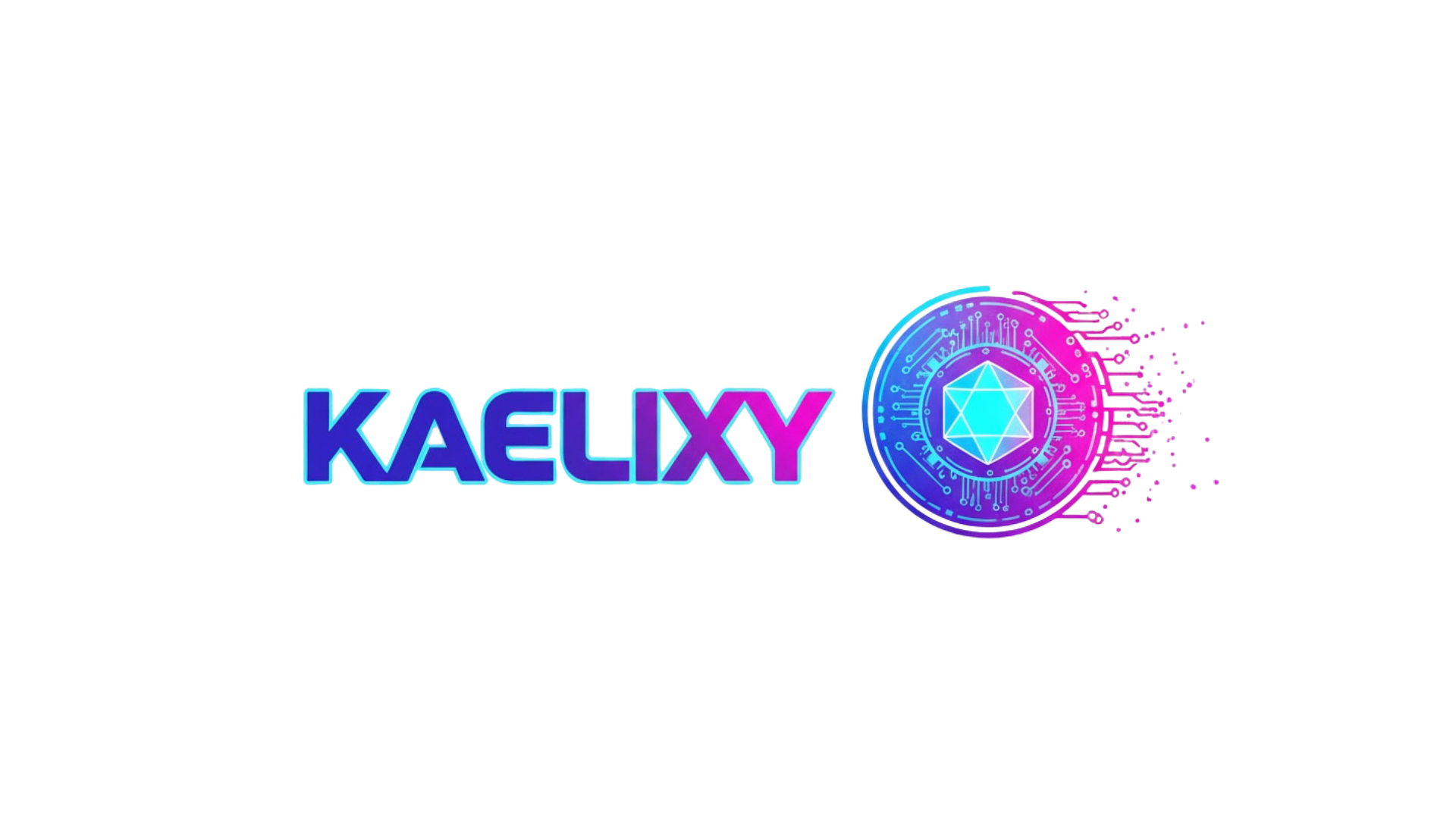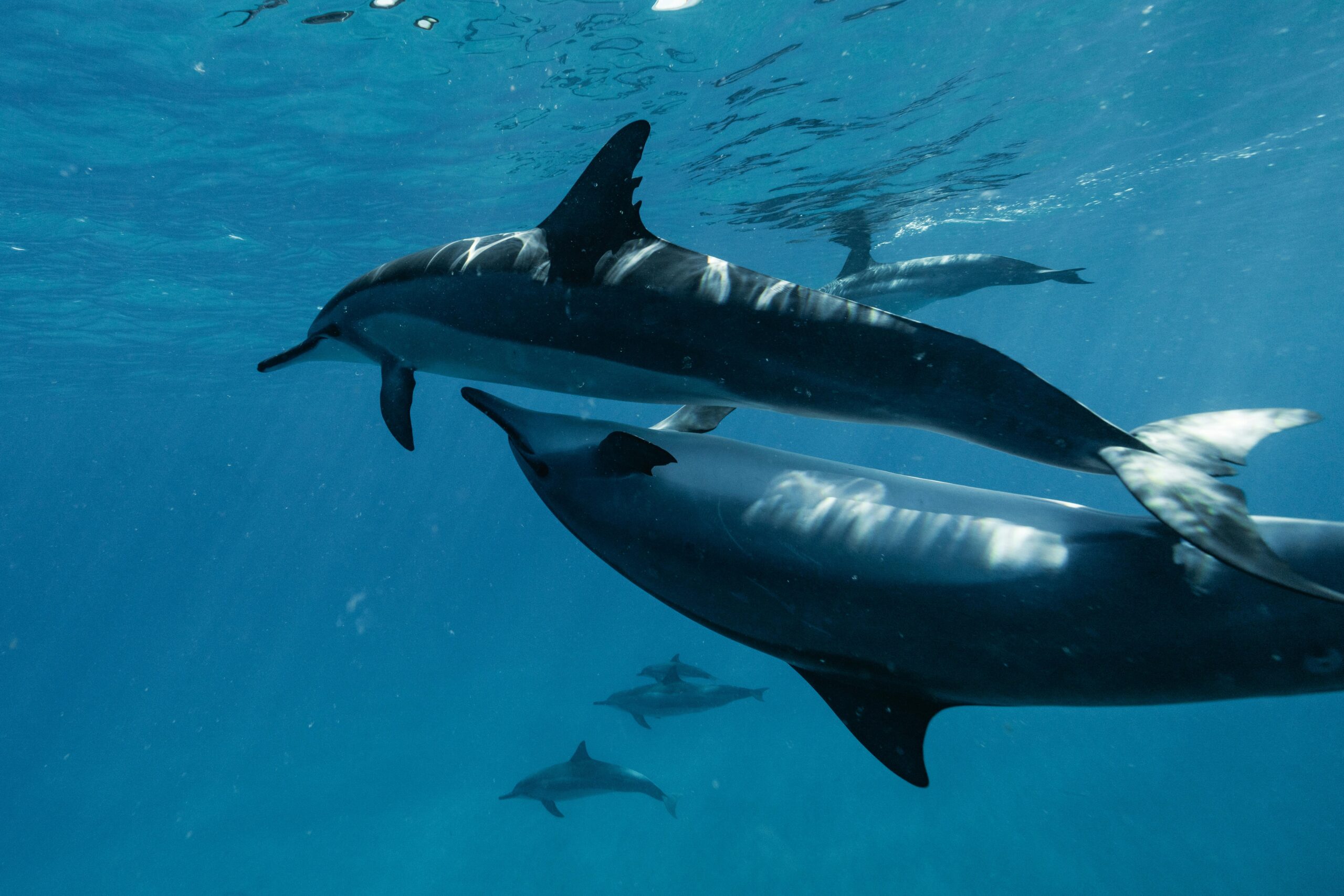Posthumanism challenges traditional boundaries between humans, technology, and nature, offering radical new perspectives on our ecological responsibilities and planetary future.
The accelerating convergence of biotechnology, artificial intelligence, and ecological science is reshaping fundamental questions about what it means to be human and how we relate to the living world. As we stand at this unprecedented crossroads, posthumanism emerges not merely as philosophical speculation but as a practical framework for addressing the most pressing environmental challenges of our time.
Our planet faces existential threats from climate change, biodiversity loss, and ecosystem collapse. Traditional humanist approaches, which position humans as separate from and superior to nature, have arguably contributed to these crises. Posthumanism invites us to reimagine our relationship with the Earth through a lens that decenters human exceptionalism and recognizes the interconnected web of life, technology, and environment.
🌍 Redefining Humanity’s Place in the Ecological Web
Posthumanism fundamentally questions the anthropocentric worldview that has dominated Western thought for centuries. Rather than viewing humans as the pinnacle of evolution or creation, posthumanist thinking positions us as one node within a complex network of biological, technological, and ecological systems.
This shift in perspective has profound implications for environmental ethics. When we recognize that human consciousness and agency are not uniquely special but rather exist on a continuum with other forms of intelligence and being, our moral obligations expand dramatically. The boundary between “us” and “them” becomes permeable, extending ethical consideration to animals, ecosystems, and potentially even artificial intelligences.
The traditional conservation model often treats nature as something external to protect or manage. Posthumanism suggests a more integrated approach where humans acknowledge ourselves as embedded participants in ecological processes rather than external stewards. This recognition doesn’t diminish our responsibility; rather, it transforms it from paternalistic management to collaborative participation.
Beyond Human Exceptionalism
The doctrine of human exceptionalism has historically justified the exploitation of natural resources and non-human animals. By positioning humans as fundamentally different and superior, it created a moral framework where the natural world existed primarily for human benefit.
Posthumanist ecology challenges this by highlighting the continuities between human and non-human life. We share approximately 60% of our DNA with bananas, and our bodies host trillions of microbial cells essential to our functioning. We are, in the most literal sense, ecosystems ourselves—hybrid assemblages of human and non-human elements.
This understanding doesn’t erase human distinctiveness but contextualizes it. Our technological capabilities and abstract reasoning are remarkable, but they emerge from the same evolutionary processes that produced echolocation in bats and photosynthesis in plants. Each species has its own forms of intelligence and adaptation.
🔬 Technological Enhancement and Ecological Consciousness
One of posthumanism’s most controversial dimensions involves human enhancement through technology. While this might initially seem disconnected from ecology, the relationship is more nuanced than it appears. Enhancement technologies could potentially increase our capacity for ecological awareness and action.
Imagine sensory augmentation that allows humans to perceive environmental toxins directly, or neural interfaces that enable us to experience real-time data about ecosystem health. Such technologies could transform abstract environmental concerns into immediate, visceral experiences, potentially motivating more urgent action.
However, this technological trajectory raises important questions. Does enhancing human capabilities risk reinforcing the anthropocentric attitudes posthumanism seeks to overcome? Or could technology become a bridge that connects us more deeply with non-human nature?
Biomimicry and Hybrid Futures
Some of the most promising applications of posthumanist thinking in ecology involve biomimicry—designing technologies and systems based on natural processes. This approach doesn’t impose human designs onto nature but rather learns from billions of years of evolutionary innovation.
Examples abound across industries. Architecture inspired by termite mounds achieves natural climate control without mechanical systems. Materials science draws on spider silk to create super-strong, biodegradable fibers. Urban planning increasingly incorporates green infrastructure that mimics natural water filtration and flood management.
These applications embody a posthumanist sensibility by blurring the distinction between the natural and artificial. The resulting hybrid systems are neither purely natural nor purely technological but represent a synthesis that potentially offers solutions to environmental challenges.
🤖 Artificial Intelligence and Planetary Management
The rise of artificial intelligence presents both opportunities and risks for ecological futures. AI systems can process vast environmental datasets, identify patterns invisible to human perception, and optimize resource management with unprecedented efficiency.
Machine learning algorithms already contribute to climate modeling, species conservation, and pollution monitoring. These tools extend human cognitive capacity in ways that could prove crucial for addressing complex, systemic environmental problems that exceed individual human comprehension.
Yet this technological optimism must be tempered with critical awareness. AI systems reflect the values and biases of their creators. An AI trained to optimize economic growth might propose solutions antithetical to ecological health. The question becomes: can we develop artificial intelligences aligned with ecological flourishing rather than narrow human interests?
The Ethics of Algorithmic Ecology
As environmental management increasingly relies on AI decision-making, we must grapple with profound ethical questions. Who determines the values embedded in these systems? What happens when algorithmic recommendations conflict with local knowledge or indigenous wisdom?
Posthumanist approaches suggest that effective ecological AI shouldn’t simply optimize for human-defined goals but should incorporate multiple perspectives, including those of non-human stakeholders. While we cannot literally input animal preferences into algorithms, we can design systems that account for ecosystem complexity and non-human flourishing.
This requires interdisciplinary collaboration between computer scientists, ecologists, ethicists, and affected communities. The goal is not to replace human judgment with machine decision-making but to create hybrid intelligence that combines computational power with contextual wisdom.
🌱 Reconceiving Conservation in a Posthuman World
Traditional conservation often aims to preserve “pristine” nature untouched by human influence. This approach becomes increasingly untenable in an era when human impacts reach every ecosystem on Earth, from microplastics in the deepest oceans to changed atmospheric chemistry affecting the entire planet.
Posthumanist ecology embraces the reality of entanglement. Rather than seeking to separate human and natural systems, it explores how to foster healthier relationships within the hybrid ecosystems that actually exist. This might mean accepting novel ecosystems that include non-native species or acknowledging that some landscapes require ongoing human participation to maintain biodiversity.
This approach doesn’t justify careless intervention but rather recognizes that intervention is already occurring. The question shifts from whether to intervene to how to intervene thoughtfully, with humility about the limits of our understanding and respect for the agency of non-human actors.
Rewilding Reimagined
Rewilding initiatives traditionally focus on restoring landscapes to pre-human baselines. A posthumanist perspective suggests a more flexible, forward-looking approach. Given climate change and other irreversible alterations, historical baselines may be neither achievable nor desirable.
Instead, rewilding might embrace creating resilient, biodiverse ecosystems adapted to current and future conditions. This could include assisted migration of species to suitable habitats, de-extinction efforts using genetic technologies, or fostering novel ecosystems that have no historical precedent.
Such approaches are controversial, and rightly so. They require careful consideration of unintended consequences and ethical implications. Yet refusing to engage with these possibilities may itself be a decision with profound consequences, leaving ecosystems vulnerable as conditions change.
💡 Indigenous Knowledge and Posthumanist Synthesis
While posthumanism is often associated with cutting-edge technology, its core insights resonate deeply with indigenous worldviews that have never accepted the strict human-nature divide characteristic of Western modernity.
Many indigenous cultures have long recognized the continuity between human and non-human persons, the agency of natural forces, and humanity’s embeddedness within rather than superiority over the natural world. These knowledge systems offer invaluable perspectives for developing posthumanist ecological practices.
The challenge lies in respectfully integrating these perspectives without appropriation or romanticization. Indigenous communities must be partners and leaders in shaping ecological futures, their sovereignty and rights honored rather than their knowledge simply extracted for external use.
Bridging Traditional and Technological
Some of the most exciting developments occur where traditional ecological knowledge meets advanced technology. Indigenous communities are using drones for land monitoring, developing apps to preserve endangered languages and document biodiversity, and contributing to scientific research as equal partners rather than merely subjects.
These collaborations model the kind of hybrid approaches posthumanism envisions—neither rejecting technology nor allowing it to override other forms of knowing, but instead creating syntheses that draw on multiple epistemologies and ways of being in the world.
🔮 Envisioning Planetary Futures
What might a truly posthuman ecological future look like? Rather than a single vision, posthumanism opens space for multiple possibilities, each with different implications for life on Earth.
One trajectory involves increasingly sophisticated integration of biological and technological systems. Cities might become living organisms, with buildings that breathe and grow, infrastructure that adapts dynamically to environmental conditions, and human inhabitants augmented to perceive and respond to ecological feedback in real-time.
Another path emphasizes distributed agency and decentralized decision-making. Rather than top-down planetary management, environmental governance might emerge through networked cooperation between humans, AIs, and perhaps eventually other species through translation technologies that bridge communication barriers.
A third possibility focuses on radical life extension or digital consciousness, potentially reducing human material footprint while raising questions about identity, continuity, and what it means to be embodied beings on a physical planet.
The Role of Human Choice
These scenarios aren’t predetermined inevitabilities but possibilities shaped by human choices made in the present. Posthumanism doesn’t remove human agency but rather repositions it within a broader context of relationships and responsibilities.
The decisions we make about technology development, economic systems, political structures, and cultural values will profoundly influence which posthuman futures become reality. This places enormous responsibility on current generations to think carefully about the long-term implications of our actions.
Critical engagement is essential. Posthumanism shouldn’t mean uncritically embracing every technological possibility or abandoning precautionary principles. Rather, it requires thoughtful discernment about which developments enhance flourishing for all Earth’s inhabitants and which concentrate power or create new forms of harm.
🌊 Navigating Complexity and Uncertainty
Perhaps posthumanism’s greatest contribution to ecological thinking is its comfort with complexity, ambiguity, and uncertainty. Traditional frameworks often seek clear boundaries, definitive answers, and controllable outcomes. Posthumanist approaches embrace the inherent messiness of real ecological systems.
Ecosystems don’t respect neat categories. Species hybridize, ecosystems shift, evolution continues. Climate change and human activity accelerate these processes, creating novel situations without historical precedent. Rigid adherence to fixed categories and goals becomes maladaptive in such dynamic contexts.
Posthumanist ecology suggests cultivating adaptive capacity rather than seeking control. This means developing systems—both social and technological—that can respond flexibly to changing conditions, learn from failures, and incorporate diverse perspectives and forms of knowledge.
Living with Ambiguity
This approach requires tolerance for ambiguity and willingness to revise our understanding as situations evolve. What seems like the right ecological intervention today might prove problematic in hindsight. Conversely, approaches initially dismissed might become valuable as circumstances change.
Humility becomes a crucial virtue—not paralyzing uncertainty that prevents action, but rather acknowledgment of the limits of our knowledge and the likelihood of unintended consequences. This suggests favoring reversible interventions, maintaining diversity of approaches, and preserving options for future generations.

🚀 Moving Forward: Practical Implications
Translating posthumanist theory into practical ecological action requires work across multiple domains. Education systems might cultivate ecological literacy that emphasizes interconnection rather than separation, teaching children to recognize themselves as participants in ecosystems rather than external observers.
Policy frameworks could shift from purely anthropocentric cost-benefit analyses to approaches that account for multiple stakeholders and forms of value. Legal systems might extend rights and standing to natural entities like rivers and forests, as some jurisdictions have already begun doing.
Economic structures could move beyond GDP growth as the primary metric, instead measuring success through indicators of ecosystem health, biodiversity, and long-term sustainability. This would require fundamental reimagining of value and prosperity.
Technological development could be guided by principles prioritizing ecological compatibility, open access, and distributed benefit rather than concentrated profit. This might involve different intellectual property frameworks, funding mechanisms, and governance structures.
The path forward isn’t predetermined, and posthumanism offers no easy answers. Instead, it provides conceptual tools for questioning assumptions, imagining alternatives, and navigating the complex territory ahead. As we face unprecedented ecological challenges, such tools may prove essential for creating futures where diverse forms of life can flourish together on our shared planetary home.
The evolution of both humanity and ecology continues. Posthumanism invites us to embrace that evolution consciously and thoughtfully, moving beyond outdated divides toward richer understandings of our interconnected existence. The future of our planet depends not on transcending our nature but on recognizing its continuity with all life and acting accordingly.
Toni Santos is an eco-spirituality researcher and planetary healing writer exploring how earth-based rituals, nature-centred philosophy and sacred ecology reconnect humanity with the living planet. Through his work on environment, consciousness and ritual, Toni examines how our relationship with Earth influences our awakening and actions. Passionate about land-wisdom, ritual practice and ecological integration, Toni focuses on how spiritual life can emerge from ecological awareness and how healing flows from land, water and community. His work highlights the union of ecology, mind and spirit — guiding readers toward a more grounded, relational, and sacred life. Blending ritual studies, environmental philosophy and ecological design, Toni writes about the human-earth story — helping readers understand how living systems, community and meaning intertwine in planetary healing. His work is a tribute to: The sacred connection between humanity and Earth’s living systems The power of ritual to rekindle land-memory and collective renewal The vision of ecology as sacred, relational and transformational Whether you are a ritual practitioner, ecological thinker or planet-healer, Toni Santos invites you to explore the path of planetary awakening — one ritual, one ecosystem, one transformation at a time.




